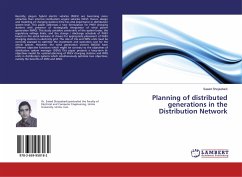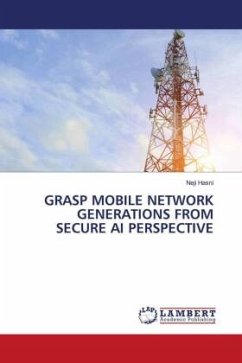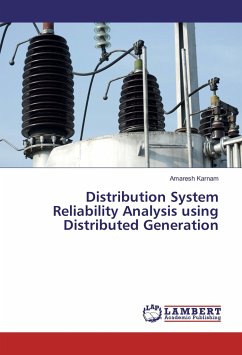Recently, plug-in hybrid electric vehicles (PHEV) are becoming more attractive than internal combustion engine vehicles (ICEV). Hence, design and modeling of charging stations (CSs) has vital importance in distribution system level. This paper addresses a new formulation for PHEV charging stations with presence of strategically integration of wind power generation (WPG). This study considers constraints of the system losses, the regulatory voltage limits, and the charge / discharge schedule of PHEV based on the social behavior of drivers for appropriate placement of PHEV charging stations in electricity grid. The role of CSs and WPG units must be correctly assessed to optimize the investment and operation cost for the whole system. However, the wind generation owners (WGOs) have different objective functions which might be contrary to the objectives of distribution system manager (DSM). This paper presents a long-term bi-objectives model for optimal planning of PHEV charging stations and WPG units in distribution systems which simultaneously optimize two objectives, namely the benefits of DSM and WGO.
Bitte wählen Sie Ihr Anliegen aus.
Rechnungen
Retourenschein anfordern
Bestellstatus
Storno








